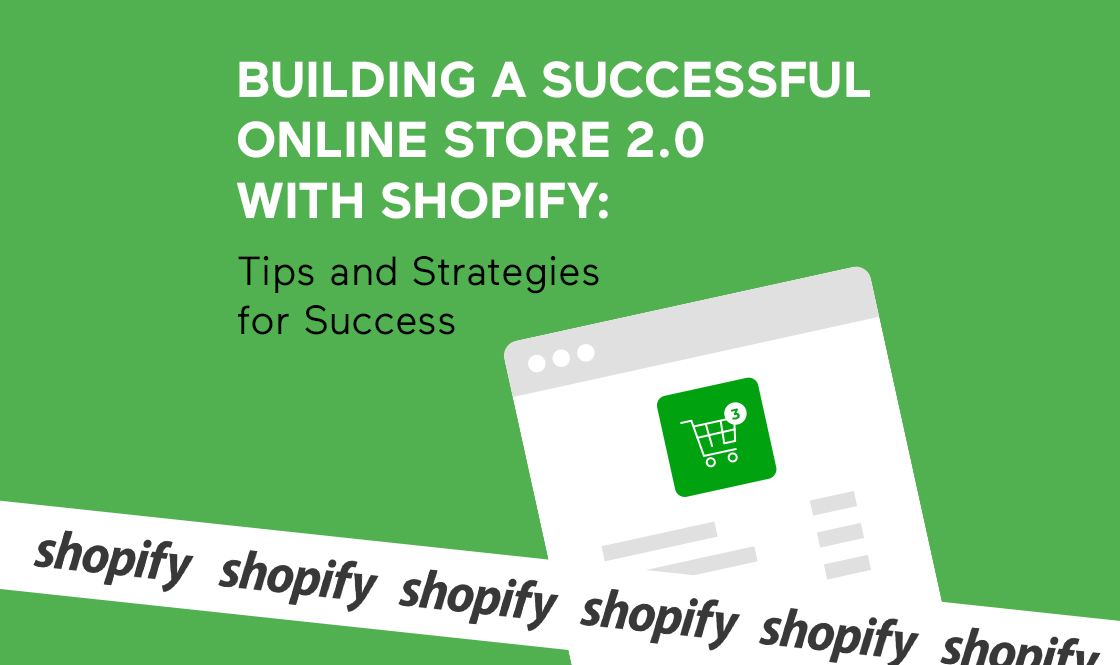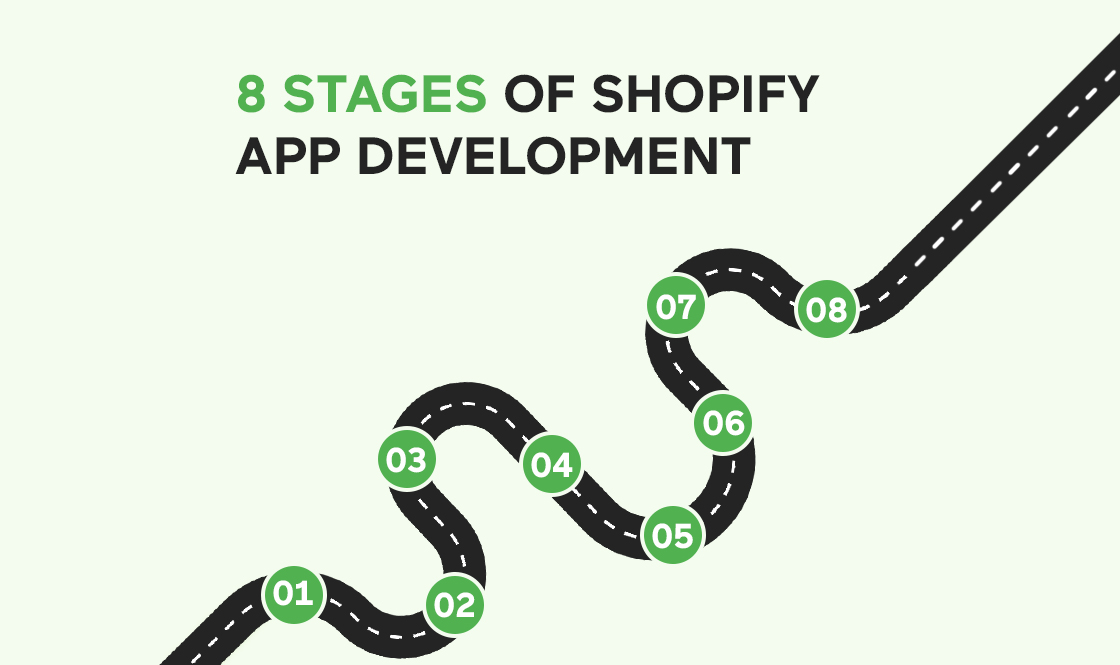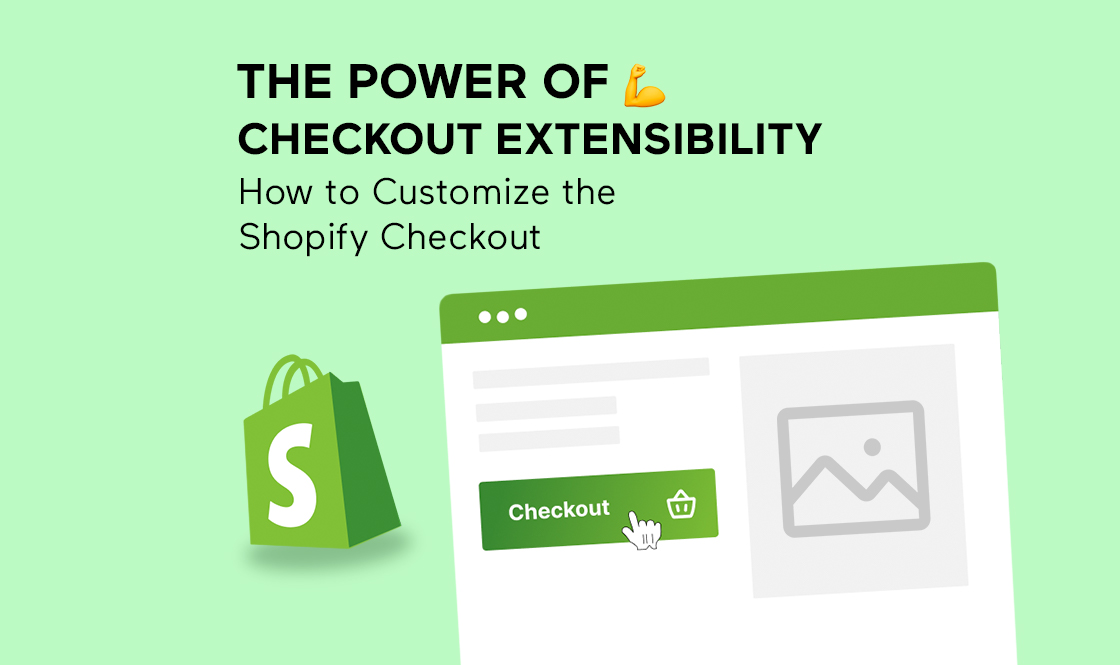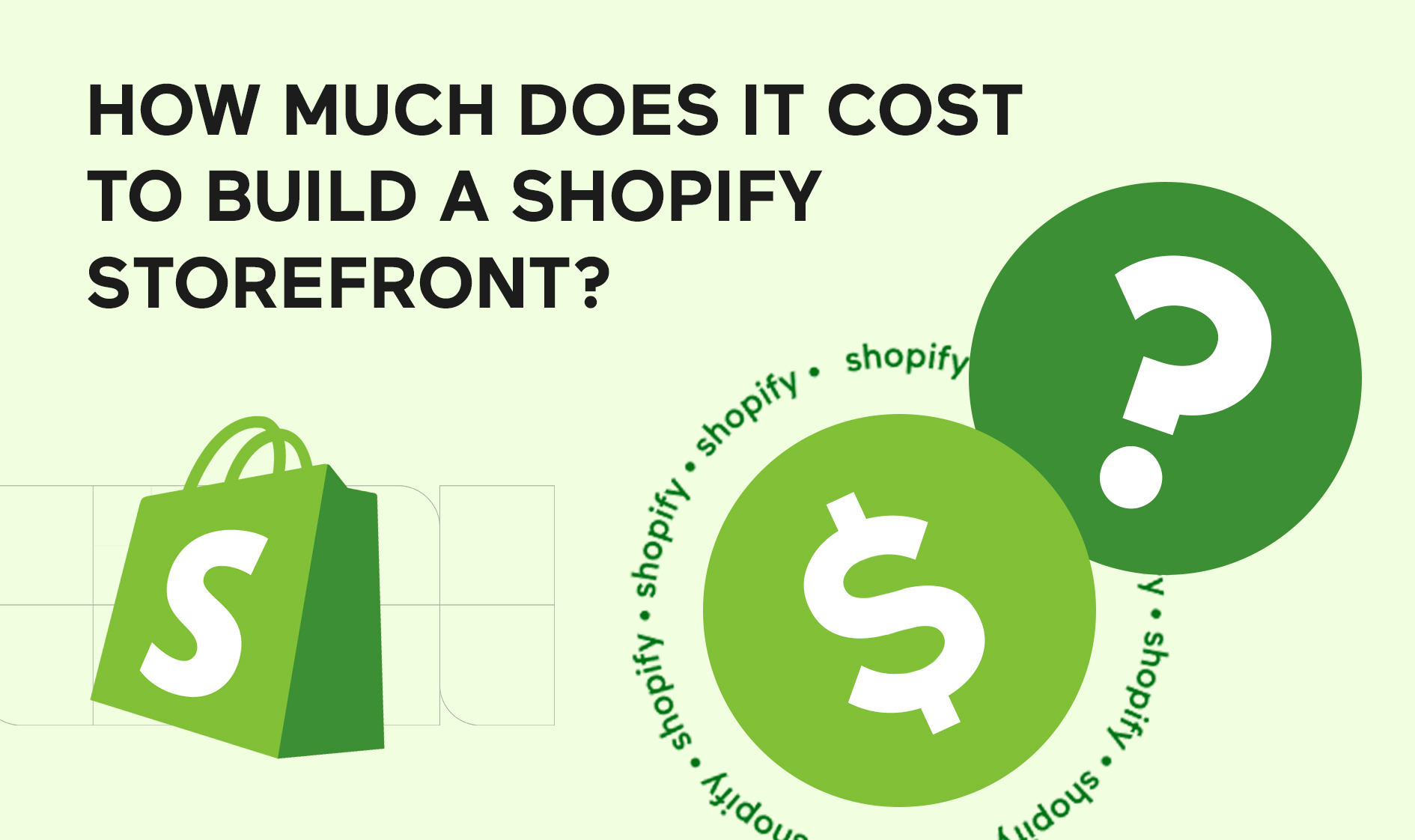
With the world of e-commerce exploding before our eyes, there’s never been a better time to build an online store with Shopify. You don’t want to be left in the dust as your competitors snag all the digital sales. It’s time to get serious about your online presence!
But, let’s face it, building a Shopify storefront in 2023 can have vastly different cost estimates, depending on a variety of factors. While some businesses might be able to get by with a simple, basic Shopify storefront, others might require more advanced features to cater to their unique needs. Don’t let that hold you back from achieving your dreams. We’re here to guide you through the process and provide a clear and concise overview of the factors that can impact the cost of building a Shopify store in 2023. Are you ready to dive into the exciting world of Shopify storefronts? Let’s get started!
Main Factors that Determine the Cost of Building a Shopify Website
Building a Shopify store is not just about selling products online; it’s about creating an unforgettable brand experience that will keep customers coming back for more. From the way your store looks to the features you offer, every element is an opportunity to connect with your audience and showcase your brand’s unique personality. In this article, we’ll take you through each factor step-by-step so you can make informed decisions about your store’s design, functionality, and features.
Shopify Pricing Plans Comparison: How Much Does Shopify Cost?
First, let’s take a closer look at the pricing plans Shopify offers in 2023. With plans ranging from Shopify Lite to Shopify Plus, there’s an option for every business and budget.
| Shopify Package | Monthly Cost | Additional Fees |
|---|---|---|
| Shopify Lite | $9/month | Transaction fees of 2.9% + 30¢ per transaction |
| Shopify Basic | $29/month | Transaction fees of 2.9% + 30¢ per transaction |
| Shopify Standard | $79/month | Transaction fees of 2.6% + 30¢ per transaction |
| Shopify Advanced | $299/month | Transaction fees of 2.4% + 30¢ per transaction |
| Shopify Plus | Starting at $2000/month | Custom pricing and negotiated transaction fees |
Shopify Lite: At just $9 per month, Shopify Lite is the most affordable option for businesses looking to sell on social media and other existing websites. However, it’s important to note that this plan doesn’t include a full online store.
Basic Shopify: Starting at $29 per month, Basic Shopify is ideal for small businesses looking to launch a basic online store. This plan includes all the essentials needed to get started, such as unlimited products, 24/7 support, and a free SSL certificate.
Shopify Standard: For businesses looking to scale up their operations, Shopify Standard is a great option at $79 per month. This plan includes everything from Basic Shopify, plus features like gift cards, abandoned cart recovery, and professional reports.
Shopify Advanced: At $299 per month, Shopify Advanced is designed for larger businesses with more complex needs. This plan includes everything from the Standard plan, plus advanced reporting and shipping options, third-party calculated shipping rates, and more.
Shopify Plus: For high-volume businesses that require custom solutions and support, Shopify Plus offers a tailored pricing plan starting at $2000 per month. This plan includes all the features of the other plans, plus additional support, API access, and other exclusive benefits.

Web Design and Development Stages of a Shopify Website
Let’s move on to designing and developing your Shopify store itself. Building a successful online store is no small feat, but with the right approach, it can be a rewarding and exciting process.
Project Plan and Discovery
The first step in building a Shopify website is to define the project’s goals and requirements. This involves performing user research to understand the needs and expectations of your target audience, which can then inform the development of your requirements document and designs. Once the project scope is established, a timeline is created, and everyone is aligned.
Storefront Design
With the project plan in place, the next stage is to design the website. To start, you have two choices: take the easy and cost-saving route and use a pre-built template or go for a custom design that’s more time-consuming and costly but will make your site stand out from the crowd.
Now, let’s talk about the level of design. Do you want to keep it simple and minimalistic, or choose something more elaborate and eye-catching? Sure, a simple design might save you some cash and be quicker to set up, but if you’re looking to create a one-of-a-kind experience for your visitors, a more complex design might be the way to go. Ultimately, the level of design you choose will depend on your brand identity and target audience, so take some time to consider what will work best for you.
Storefront Development
Once the design is finalized, the development stage begins. If you’re using a pre-built template, you’ll still need to customize it to fit your needs and may need some coding skills. On the other hand, if you’re aiming for something unique and custom-built, you’ll need a team of developers with expertise in Shopify and programming languages like HTML, CSS, and JavaScript. If you’re looking for extra functionality like Shopify checkout customization or integrations with additional features or apps, the cost of development can increase significantly.
Testing
Before launching the website, test it thoroughly to ensure that everything is working as intended. This can involve manual testing, where testers manually navigate the website and report any issues, or automated testing, where software is used to test the website’s functionality. Automated testing services can be faster and more efficient, but it can also be more expensive.
Support
Finally, allocate a budget for ongoing support and maintenance. This includes a range of tasks, such as regularly updating your website to prevent security vulnerabilities or fixing any issues that arise, ensuring your store remains functional and optimized, and maximizing its value to your business.
| Factors
|
Price Range
|
|---|---|
| Project Plan and Discovery | $500-$3,000 |
| Storefront Design | $200-$10,000 |
| Storefront Development | $2,500-$25,000 |
| Testing | $1,000-$5,000 |
| Support | $100-$500 per month |
Additional Costs to Launch a Shopify Store
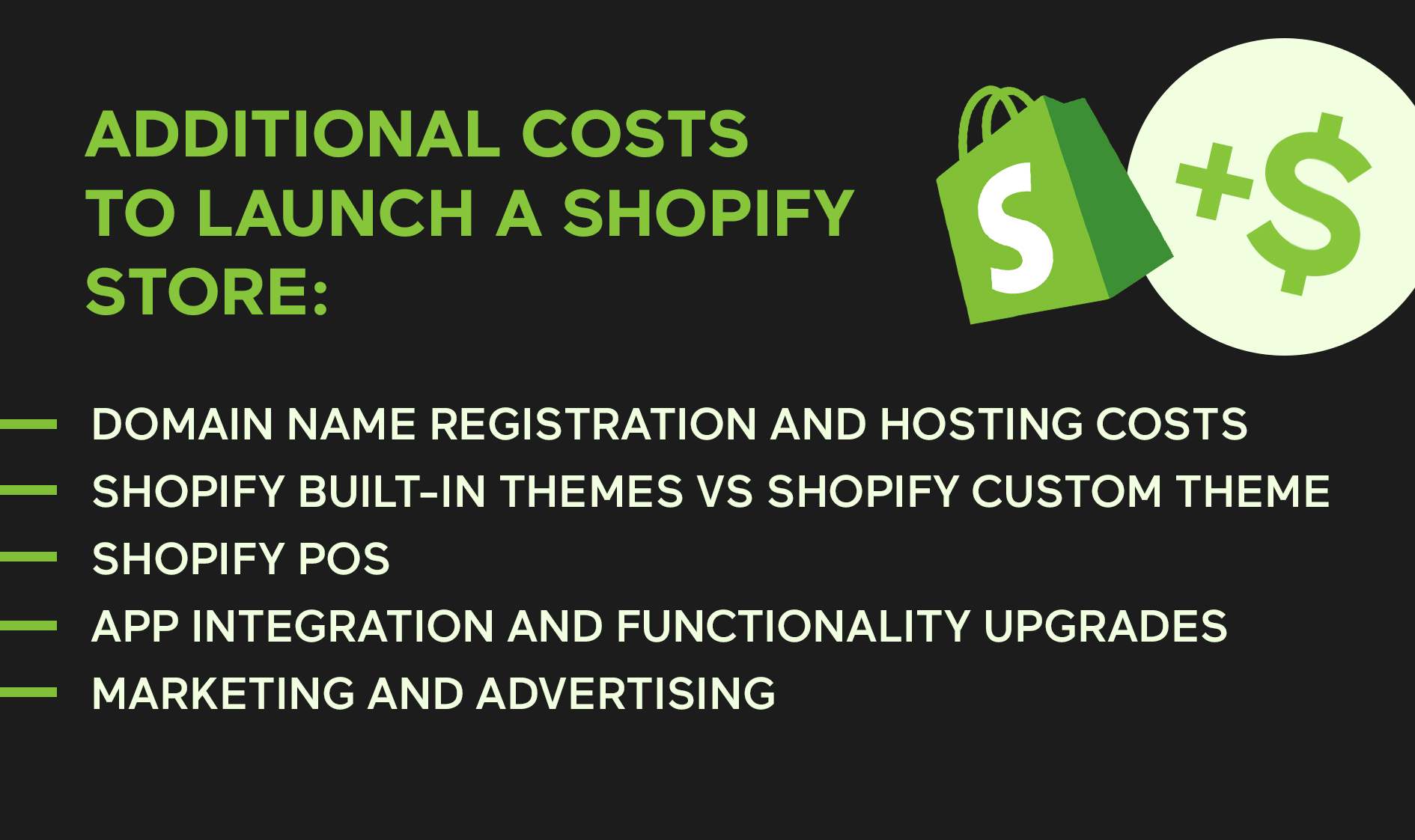
By understanding the costs associated with Shopify store development, you’ll be better equipped to make informed decisions and ensure the success of your business. So, what’s here:
| Factors | Price Range |
|---|---|
| Domain Name Registration & Hosting Costs | $10 – $50 per year for domain $29 – $299 per month for hosting |
| Shopify Built-In Themes vs Shopify Custom Theme | Free – $180 for Built-In Themes $500 – $10,000+ for Custom Themes |
| Shopify Theme Development | $1,000 – $10,000+ |
| Shopify POS | $29 – $89 per month for a basic plan $89 – $299 per month for an advanced plan |
| App Integrations & Functionality Upgrades | Free – $300+ per month depending on the app. If development work is needed for a specific integration it can either be a fixed price amount or a set amount of hours |
| Marketing & Advertising | Varies depending on strategy and budget |
Domain Name Registration and Hosting Costs
Your website needs a home on the internet, and that means you’ll need to register a domain name and purchase hosting services. The cost of these services can vary, depending on your needs and preferences. While some domain names are more expensive than others, it’s important to choose a name that is memorable and relevant to your brand. Additionally, hosting costs can vary based on the hosting provider and the level of service you require. Keep in mind that investing in high-quality hosting can significantly impact the speed and reliability of your website.
Purchasing a Shopify Built-In Themes vs Shopify Custom Theme
The platform offers both built-in themes and the option to create a custom Shopify theme for your store. Built-in themes are pre-designed templates that you can customize with your branding and content. They are an excellent option for those who want a professional-looking store without the added cost of hiring a developer.
On the other hand, custom themes are built from scratch by a developer to meet your unique needs and branding. Custom themes offer more flexibility and functionality, but they come with a higher price tag.
When deciding between a built-in theme or a custom theme, consider your budget, the complexity of your store, and your long-term goals. If you’re just starting and have limited resources, a built-in theme may be the best option. However, if you have specific branding needs or want a more customized shopping experience for your customers, a custom theme may be the way to go.
Shopify Theme Development
Shopify theme development involves creating a custom theme for your store or modifying an existing theme to meet your needs. A theme developer can help you create a unique shopping experience for your customers by customizing the design, layout, and functionality of your store.
To develop a Shopify theme, you’ll need knowledge of web development languages like HTML, CSS, and JavaScript. Alternatively, you can hire a Shopify expert or agency to help you with the development process.
When developing a theme, it’s essential to keep in mind the user experience and ensure that your theme is optimized for speed and mobile responsiveness. Additionally, ensure that your theme is compatible with the latest Shopify updates to avoid any potential compatibility issues.
Shopify POS
If you plan to sell in-person at a brick-and-mortar store, you will need to purchase Shopify POS (Point of Sale). With Shopify POS, you can accept payments, track inventory, and manage customer information all from your mobile device. This is an excellent option for businesses that have a physical store or attend trade shows and events. The app is user-friendly and offers various features like offline mode, multi-location support, and barcode scanning it comes with hardware options such as a card reader, a cash drawer, and a receipt printer. With Shopify POS, you can seamlessly integrate your online and offline sales channels, making it easier to manage your business.
App Integrations and Functionality Upgrades
With Shopify, you’ll have access to thousands of apps to help you streamline your business operations, increase productivity, and optimize your sales. Some apps are free, while others require a monthly fee. From accounting software to shipping tools, there’s an app for everything!
However, there’s no need to settle for a one-size-fits-all approach when it comes to your online store. With custom Shopify app development, you’ll have complete customization and the ability to tailor your app to fit your business like a glove. Think of it as a bespoke suit for your online store – tailored specifically to your needs and made with the utmost care and attention to detail.
But that’s not all. Shopify also offers powerful functionality upgrades to help you enhance your online store and create an even better shopping experience for your customers. From personalized product recommendations to advanced search capabilities, these upgrades are designed to keep your customers engaged and coming back for more.
Plus, with Shopify’s seamless checkout process, your customers can make purchases with ease, increasing the chances of repeat business and customer loyalty.
Marketing and Advertising
With Shopify, you’ve got access to some built-in marketing tools to attract customers to your store. First off, Shopify offers customizable email campaigns to keep your customers engaged and interested in your brand. You can send targeted messages, promotions, and updates straight to their inbox, increasing the chances of repeat business.
But that’s not all. Shopify also provides social media integration, allowing you to easily share your products on all your favorite platforms. This means more eyes on your brand and increased potential for sales. And let’s not forget about the power of SEO. Shopify’s built-in optimization tools make it easy to improve your search engine rankings and drive more organic traffic to your online store.
With the platform’s easy-to-use advertising tools, you can create and run ads on Facebook, Instagram, Google, and more, all from one place. This means more exposure for your brand and more opportunities to grow your business.
Our Budget Recommendations for Building an Online Store on Shopify
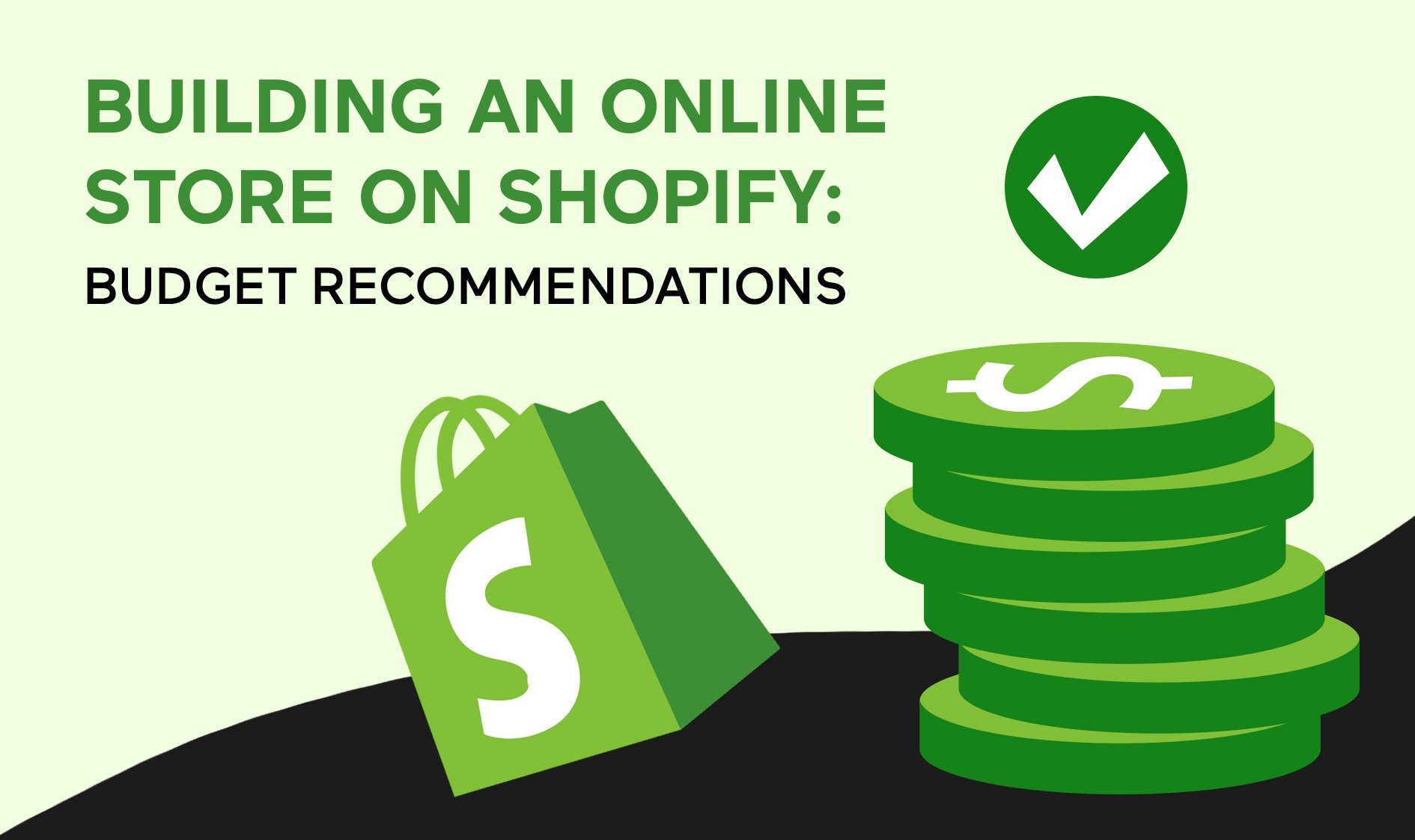
The possibilities of building an online store with Shopify are endless, but we know that the process itself can seem daunting, especially when it comes to budget concerns. But don’t worry, we’re here to help. At Spiral Scout, we understand that pricing can be a big concern for entrepreneurs and business owners. That’s why we’ve put together some budget recommendations for different levels of website complexity to help you plan and make the most of your resources.
Let’s start with the exciting part – pricing estimates! For a single brand landing page, expect to invest between $1,000 to $5,000. If you’re looking for a simple multi-page site with integration into Amazon, the cost ranges from $5,000 to $15,000. And if you’re after a full e-commerce website with independent purchase capabilities, expect to invest between $10,000 to $20,000. However, keep in mind that these are just general estimates. The actual cost will depend on the level of design you want, the functionality you need, and conversion rate tracking.
It’s important to remember that creating an online store is not a one-and-done task. Technical issues can arise at any time, and that’s where our monthly maintenance hours come in. With prices ranging from $1,000 to $2,000 per month (based on 20 hours of support per month), you can ensure that your website is up-to-date, secure, and optimized for performance. Plus, it frees up your time to focus on growing your business!
We understand that managing multiple platforms can be a daunting task. That’s why we can work with a variety of platforms and suggest the best fit for your different projects and budget. It’s always helpful to create a technical chart of all the plugins and 3rd party services that these companies are using to simplify management and gain some economies of scale.
But don’t worry, we’re here to help! Our team of Shopify experts will work with you to understand your unique requirements and provide you with a detailed and accurate quote.
The Bottom Line
As we come to the end of our journey to discover the cost of building a Shopify storefront in 2023, it’s clear that this is an investment worth making. With the right guidance and expertise, you can transform your vision into a thriving online business that captures the attention of customers worldwide.
So take the leap, embrace the challenge, and let’s work together to create a stunning and profitable online store that reflects your unique brand and resonates with customers worldwide. The future is bright, and the possibilities are endless.

